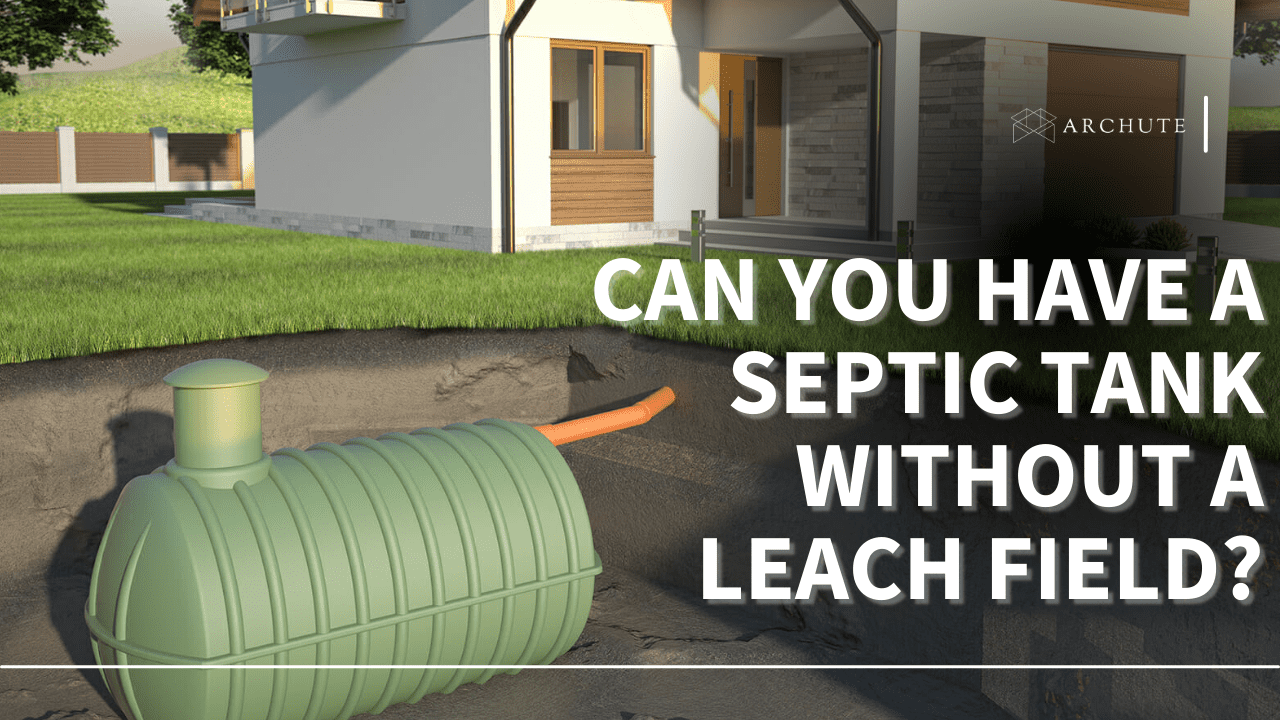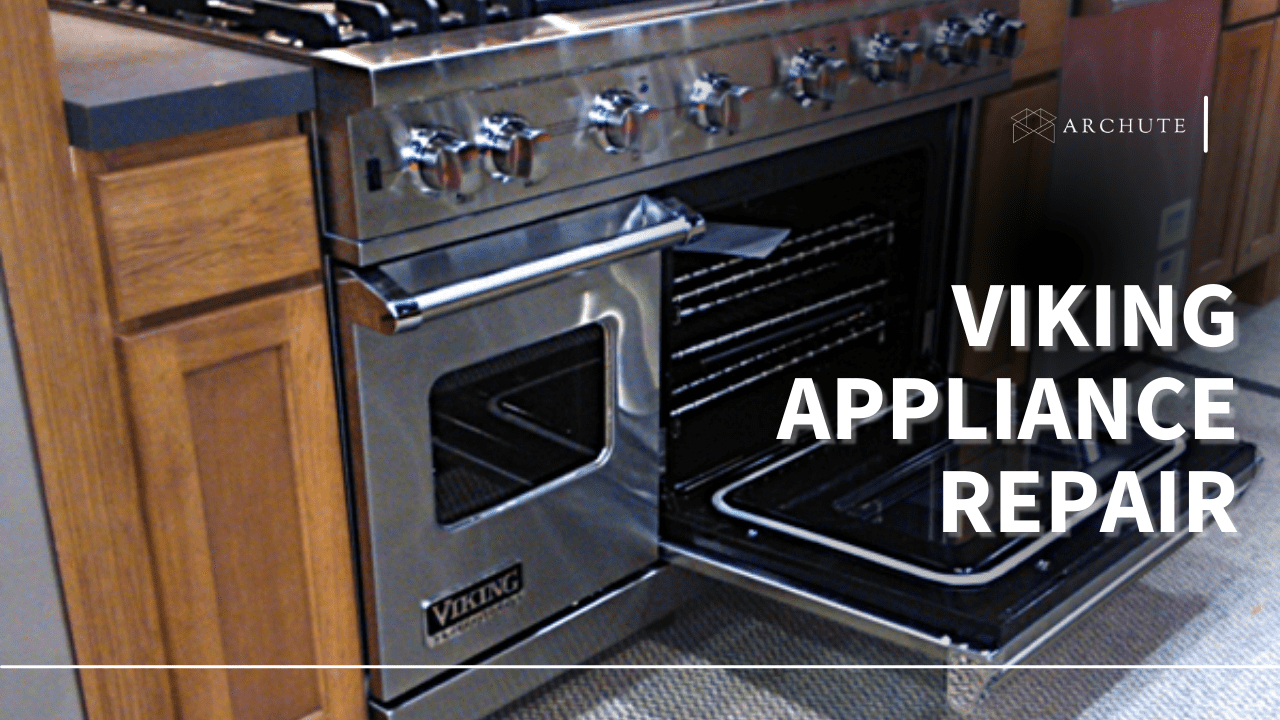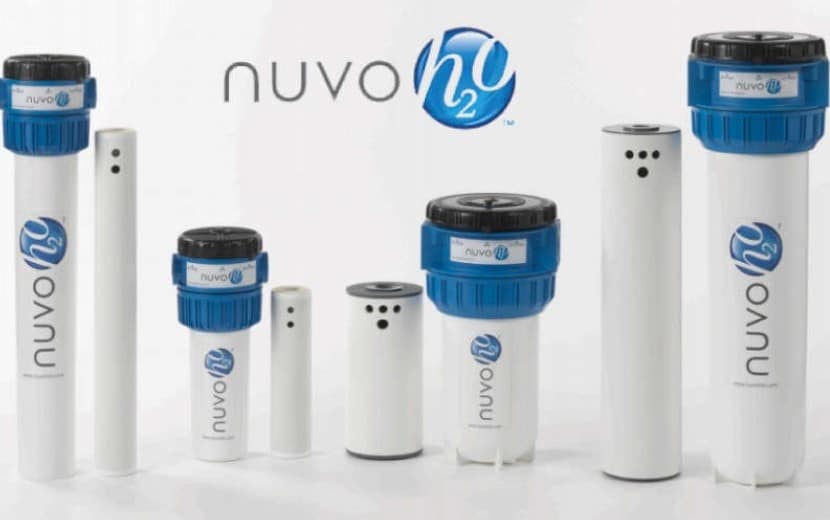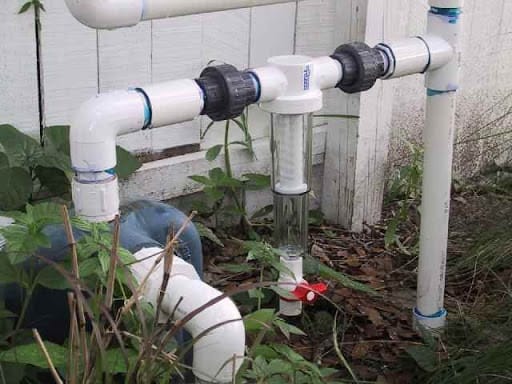A septic system works to remove waste from your house. Of course, by now, you might be asking yourself if you can have a septic tank system without a leach field.
We usually give little thought to the sewage systems within our homes. That’s because most people live in residential areas. Let’s look at whether or not you can have a septic system in place without a leach field.
Can you Have a Septic Tank Without a Leach Field?
Yes. You can have a septic system in place without a leach field. However, it will not be a conventional septic system because you will have to spend more money. A leach field is a crucial part of a septic system. However, we understand the disadvantages of having a septic system complete with a leach field. Leach fields usually take up a lot of space; therefore, it is common for people to wonder whether they can have a conventional septic system without a leach field.
However, we also must stress that you cannot have a septic tank system without a leach field under usual circumstances. If you do, you must pump your septic tank every month and ensure you have the best septic tank treatment to ensure everything works well.
In addition, you will incur more utility bill costs if you go with this option. Therefore, installing an evapotranspiration system will be your next step. There are many types of septic systems, and you might have to choose a specific type. Since all septic systems are for waste elimination, their functionality is the same.
What Circumstances Necessitate Having a Septic Tank Without a Leach Field?
Of course, you can’t always have a leach field when you want it. In some cases, there are reasons why your proposed leach field would not be a good idea for your typical septic system. Here are some circumstances where you can have a septic system without a leach field.
a) Your Leach Field Fails the Perc Test
The percolation (perc) test tests the capacity of the soil and how well it can absorb and retain water. A leach field disperses wastewater by allowing it to be absorbed into the soil. The wastewater flows into further treatment by microbes. This ensures that the water flowing in the underground system is safe.

Image source: millcreekenvironment.com
Unfortunately, if your leach field fails the percolation test, it means the soil can’t absorb wastewater, and you can’t construct a leach field in that area. As a result, you won’t be able to install a new septic system. However, if you go ahead with construction, wastewater could flow everywhere and result in flooding and cause clean water to go septic.
b) Old Septic Systems
Old houses usually have a rustic ambiance about them. However, being decades or centuries old, the houses might not have the conventional septic systems we have in this era. Therefore, even locating the septic system takes a lot of effort. And that’s if you can find it. Moreover, records from decades ago might be challenging to find. Hence you might struggle even to locate its position on the property.

Image source; mybackyardlife.com
Old septic conventional systems didn’t have leach fields. Instead, the distribution system included wastewater flowing into a nearby water body. If you purchase an old house, you might have to find alternative septic systems to put in because older systems are no longer legal since it’s not an eco-friendly approach. Additionally, if you bring it up to code, you might also need remodel ideas, for your bathrooms since the plumbing might not be functional.
c) Installing Certain Types of Septic Systems
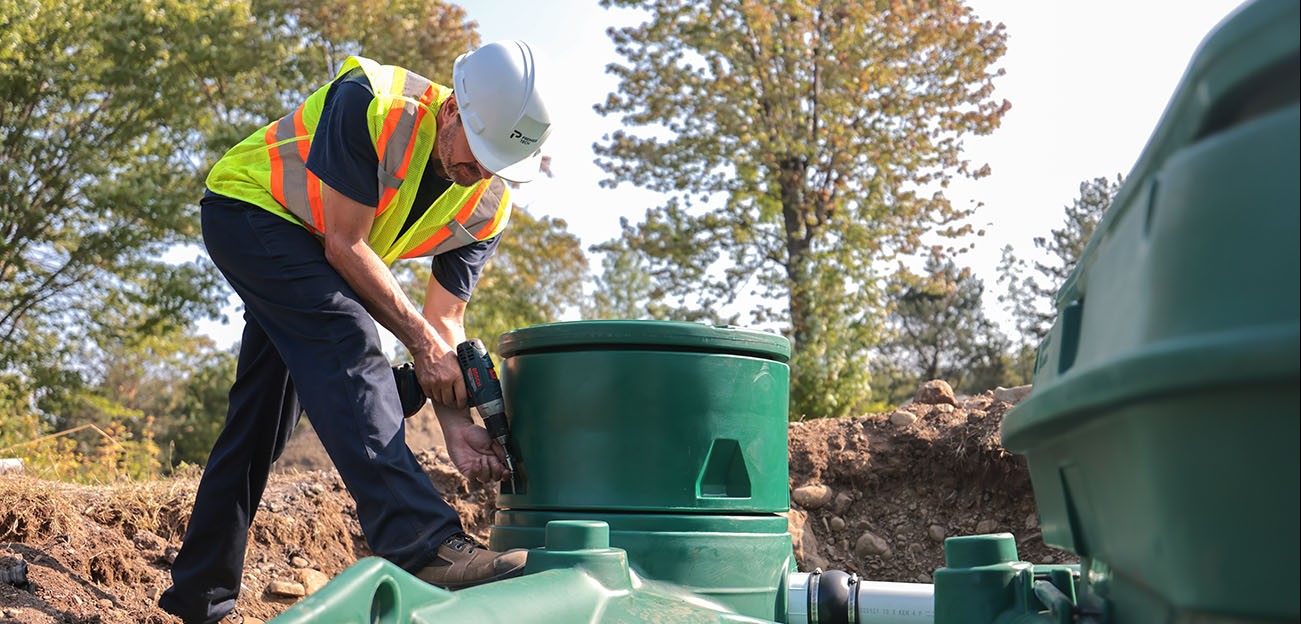
Image source: premiertechwater.com
Some septic systems cannot function without the leach drain of a conventional system. Therefore, installing them on your property is out of the question since there will be nowhere to treat wastewater. Furthermore, placement of the septic system consists of being buried underground, and without a drain, wastewater could cause a biohazard.
d) Fields With Shallow Water Tables and Soil Depth
The soil beneath your septic system should be deep enough to hold solid waste. If it isn’t you might benefit from learning the basics of how toilet plumbing works since it might flood. However, you can install different types of septic systems that can work with a shallow water table or bedrock. Wastewater flows into the soil to be treated by microbes. However, this cannot happen sufficiently in a shallow soil depth or water table, and it could result in water pollution due to inefficient waste treatment. With shallow bedrock, the wastewater won’t be able to move or absorb anywhere. This will result in accumulation and, finally, flooding.

Image source: usgs.gov
Environmentally sensitive areas such as agricultural areas and water bodies are also exempt from being used to leach waste treatment. However, a constructed wetland system can be an excellent place for a leach field since it uses a natural processes system like wetland plants and soil to provide secondary wastewater treatment.
Types of Septic Systems That Don’t Need a Leach Field
Septic systems that don’t need a leach field are also known as alternative septic systems. They work by providing a continuous drainage area.
Here are the types of septic systems you can install on your property.
1) Mound Systems
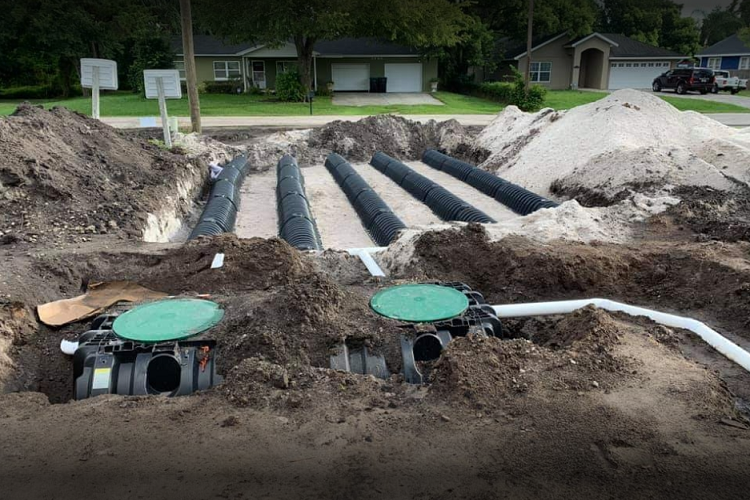
Image source: a1septicservice.com
A mound system is an excellent choice for high groundwater tables or dense soil. These aboveground systems are covered in topsoil. They also include an extra pump chamber system that separates the scum and sludge so that effluent flows in the first septic tank. Mound systems are perfect for treating wastewater flows in areas that don’t have access to conventional septic systems.
2) Aerobic Treatment System

Image source: onsitesewagefacilities.com
An aerobic treatment system works by pulling air into the septic tank to let natural bacterial activity clean the effluent. Furthermore, these treatment systems are a smaller version of large-scale wastewater treatment operations. This is a great alternative to septic tanks for small places with poor soil conditions.
3) Drip Distribution System

Image source: tampasepticguru.com
Most alternative systems leach treated wastewater into the soil using a pipe. The drip distribution system irrigates the leach field using a long and flexible pipe. The pipe releases gradual increments of effluent to irrigate the drain field along the length of the tubing. This method requires a controlled release of water. Therefore, they require more maintenance than a regular system. Additionally, if you select this system, you must provide a constant electricity supply. Therefore, any power outages will cost you money.
4) Sand Filter System

Image source: hamiltoncountypublichealth.com
This system is perfect for environmentally sensitive areas. A sand filtration system uses sand to remove and filter harmful toxins from wastewater. The system also uses oxygen (like aerobic systems) to decontaminate wastewater. Since this recirculating sand filter system doesn’t require a leach field, it uses a sealed chamber that can be placed underground or above the ground. To avoid contaminating the groundwater system, liquid waste passes directly through the circulating sand filter system to the soil. This is also convenient because it won’t need to flow through more drain pipes to get to the leach field.
5) Constructed Wetland System

Image source: grownectgen.com
Constructed wetland systems use plants and other greenery to do some filtration work. After liquid wastewater goes through the treatment tank, the final treatment includes sending it to the wetland. Wetlands contain various types of grass and gravel that continue with water treatment. The water is then drained into a field where it’s released and is safe for the water table.
6) Concrete or PVC Chamber System

Image source: southernwaterandsoil.com
Plastic/concrete chamber systems are a great alternative for areas with a high water table. In this case, instead of a leach field with gravel, the leach field contains plastic chambers that create a space to collect wastewater. Through chemical and natural processes, the plastic chambers treat the water and then release it into the soil.
7) Pressurized Dosing

Image source: vandeldenwastewatersystems.com
A pressurized dosing system uses pressure to release the effluent into a leach field in measured amounts. This system is a great option for improving a leach field after a system failure. On its own, it doesn’t treat water. However, combined with any of the above septic systems, it can be very efficient.
How Does a Septic System Work?
A normal septic system consists of a septic tank and a leach field. Here is how septic systems work:
i) Wastewater from your house drains into a septic tank.
ii) The septic tanks’ job is to separate all the wastewater. For example, waste from your garbage disposal will sink to the bottom and form sludge. Oil will float and form scum.
iii) The liquid waste will leave the septic tank at this point and go into the drain field.
iv) Treated wastewater is released into the drain field and is slowly filtered through the soil. At this point, the soil treats the water and allows it to seep deeper until it reaches the water table and rejoins the groundwater.
v) In the final process, as the wastewater seeps into the soil, it removes bacteria and viruses naturally found in the human body, like coliform bacteria (it is also an indication of human and animal fecal matter.)
The Bottom Line
Every septic system you choose has its requirements. You also have to consider your environment before selecting one that works. Whether or not to include a septic system with a leach field heavily depends on this. Of course, a leach field is guaranteed if you wish to have a conventional septic system. However, if not, alternative septic systems are the best option.
Featured image source: jamesmcnulty.com

